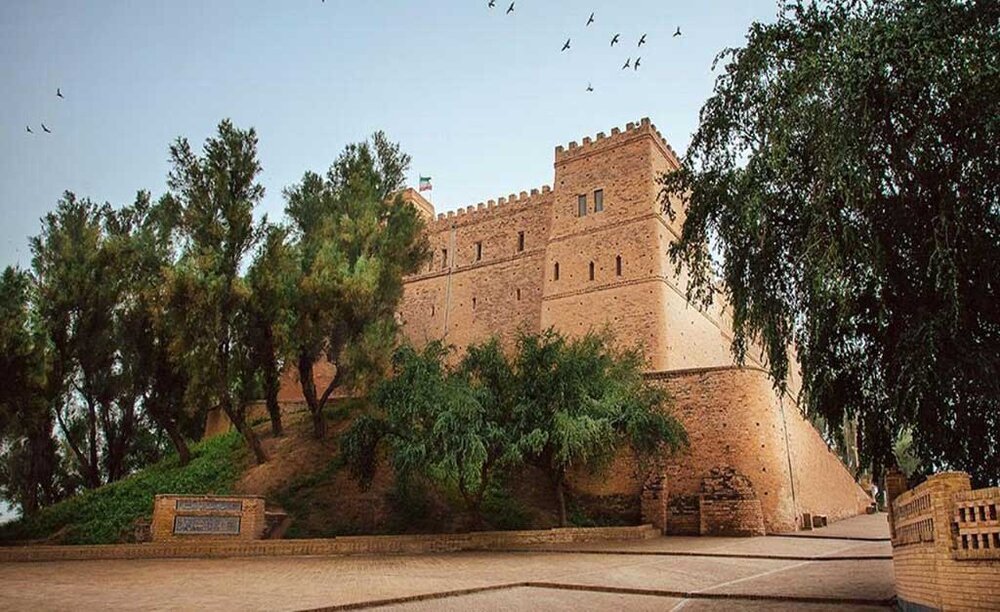Governor: Less than 10% of Susa’s archaeological treasures have been excavated

TEHRAN - Omid Sabripour, the governor of Shush, has called for renewed archaeological efforts in the ancient city of Susa, where, according to him, less than 10% of its archaeological treasures have been excavated.
Speaking on Sunday during a meeting with Khuzestan province’s tourism chief, Sabripour emphasized that the current level of exploration is far from satisfactory.
“We need to leverage UNESCO funding and international cooperation to initiate new archaeological campaigns in Susa,” Sabripour stated. “The city’s immense historical, religious, natural, and industrial heritage, along with its significant role in the Sacred Defense (the eight-year Iran-Iraq war), offers enormous potential for tourism development, which has remained largely untapped.”
The governor also pointed to longstanding issues that hinder the region’s progress, noting that minor challenges have often escalated into major obstacles due to years of neglect.
Elsewhere in his remarks, the official stressed the need for better promotion of Susa’s tourism potential, lamenting that the city has become more of a transit point for visitors heading to neighboring destinations rather than a primary attraction.
Historical significance of Susa
Located in southwestern Iran, approximately 115 kilometers northwest of Ahvaz, Susa is one of the oldest and most significant archaeological sites in the world.
Registered as a UNESCO World Heritage site in 2015, Susa boasts a complex of archaeological mounds on the eastern bank of the Shavur River, alongside Ardeshir’s palace on the opposite bank. These layers of urban settlements chronicle a continuous history from the late 5th millennium BC to the 13th century CE.
The site’s architectural relics include administrative, residential, and palatial structures, offering a glimpse into the Elamite, Persian, and Parthian cultures, many elements of which have vanished over time. Susa was a winter residence for Persian kings following its capture by Cyrus the Great in 538 or 539 BC, marking its integration into the Persian Empire.
A wealth of archaeological finds
Archaeological excavations in Susa have uncovered a treasure trove of artifacts, including pottery, bronze items, ornamental objects, and clay tablets. Despite its historical and cultural wealth, much of Susa remains unexplored, highlighting the urgent need for renewed archaeological initiatives.
Gateway to iconic destinations
Susa also serves as a portal to several prominent landmarks, including the UNESCO-listed ziggurat of Tchogha Zanbil, the Achaemenid Apadana Castle, Shush Castle (Akropol), and the Prophet Daniel Shrine. Additionally, the Museum of Susa and the Haft Tapeh archaeological site attract history enthusiasts from around the globe.
With such unparalleled historical significance and cultural assets, local authorities hope that intensified excavation efforts and better promotion will transform Susa into a leading global destination for heritage tourism.
AM
Leave a Comment